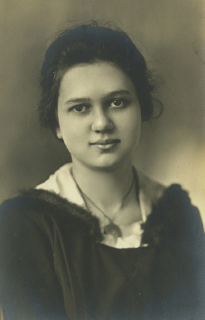Biography
Ruth Crawford (1901–1953)

Born into a minister’s family in a small town in eastern Ohio, Ruth Crawford showed early musical talent as a pianist. She entered the American Conservatory in Chicago in 1921 but soon sought out private study with the Canadian pianist Djane Lavoie-
There she met composer Henry Cowell. He had been a student of the musicologist, composer, and new music advocate Charles Seeger (1886–
On returning from Europe, Crawford and Seeger were married; they had four children. Crawford took her husband’s name and is often referred to as Ruth Crawford Seeger. In 1933, just as her career was taking flight, Crawford the modernist composer fell silent. She had earlier wondered whether a career in composition and raising a family were compatible; her husband seems to have thought that they were not.
Over the next two decades Crawford was not inactive in music, however. After the family moved to Washington, D.C., in 1935, she worked tirelessly in government-
Crawford had just returned to her own composition, producing the award-
Chief Works: Orchestral music: Music for Small Orchestra ◼ Piano works: nine preludes; Study in Mixed Accents ◼ Vocal works: songs for voice and piano setting poems of her friend Carl Sandburg; three Chants for chorus ◼ Chamber works: String Quartet; Suite for Wind Quintet ◼ Many arrangements of folk songs for adults and children, including the collection American Folk Songs for Children, still in print.
Encore: After Prelude for Piano No. 6, listen to String Quartet, third and fourth movements, and Music for Small Orchestra, second movement.
Image credit: Kim Seeger for the family of Ruth Crawford Seeger.